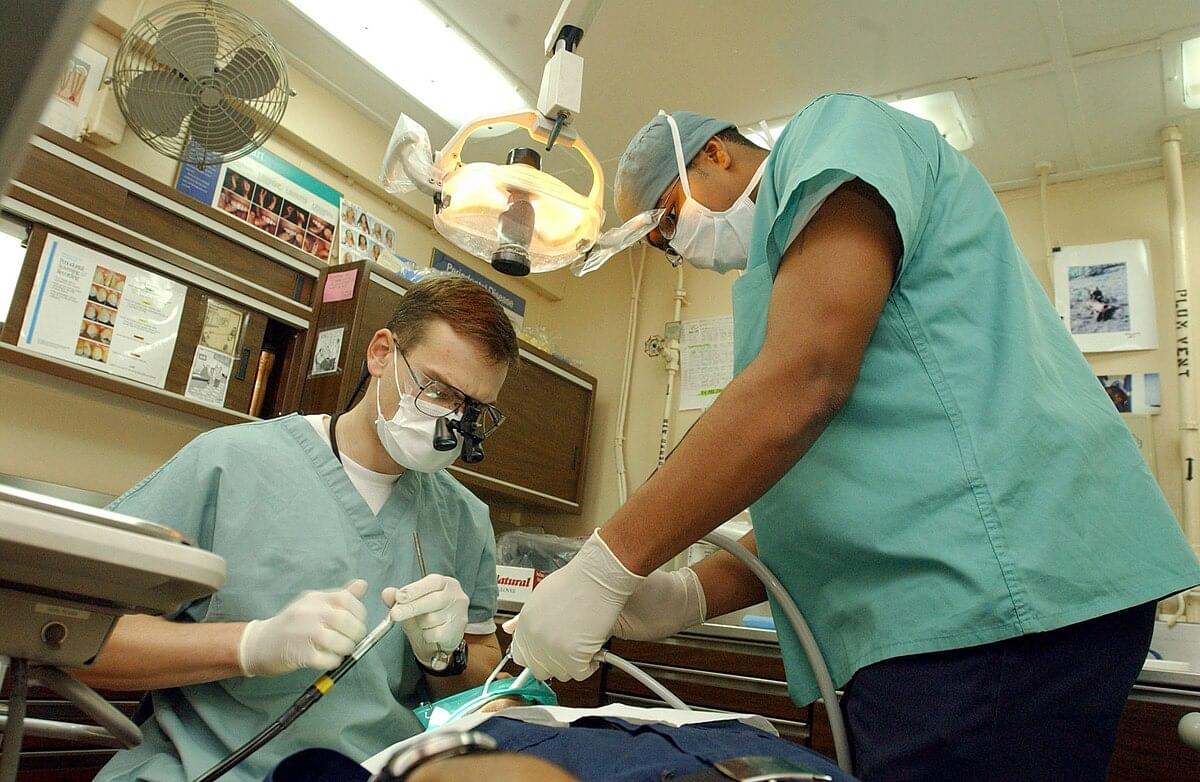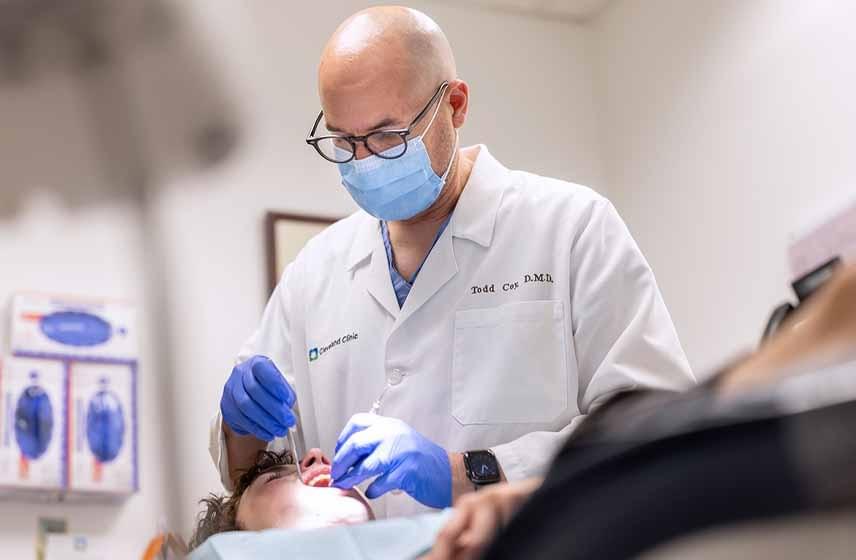Why Most Dentists Never Grow Past 3 Implant Cases a Month — Even If They’re Great Clinicians

By Dental Business Review Staff
Published: October 2025
For many dentists, dental implants are one of the most profitable yet unpredictable parts of their practice.
They invest in advanced equipment, take CE courses, and market aggressively — yet implant volume stays flat.
According to industry data, the average general dentist places fewer than 3 implants per month. And even those actively advertising often struggle to generate consistent, qualified leads.

Why Most Marketing Agencies Keep Missing the Mark
Several experts interviewed for this piece suggested that traditional dental marketing models are largely to blame.
“Most agencies run generic Facebook or Google campaigns without understanding how to identify patients who actually need implants,” said a marketing analyst familiar with multiple dental networks.
These campaigns tend to attract low-intent traffic — people curious about costs or free consultations, not ready-to-pay implant patients.
That leaves practice owners frustrated, skeptical, and ultimately hesitant to try new marketing strategies.

A Shift Toward Data-Driven Patient Targeting
Over the past two years, a small but growing number of practices have begun using AI and data tools to find patients differently.
Instead of chasing leads or relying on referrals, they’re now using predictive data to locate people in their city who are missing teeth — often before those individuals even start searching online.
One firm, Wildfire Marketing, has been at the forefront of this trend, using AI models originally built for healthcare networks to identify high-value implant candidates based on behavior and demographics.
“Traditional ads guess. We locate,” said founder Nathan Mummert. “We can find people missing teeth in a specific zip code, verify that they’re financially qualified, and match them to nearby in-network providers.”
Quiet but Impressive Results
The results are notable.
- Scottsdale, AZ: One office went from 2 to 9 implant cases monthly in 60 days.
- Chesterfield MO: Chesterfield Dentistry added 4–5 new cases monthly without increasing ad spend.
- Tampa, FL: A clinic reported a 73% show-up rate on implant consultations.
These figures may not sound dramatic, but for independent practices, the additional revenue per case can easily exceed $25,000 per month.
What This Means for Dentists
The takeaway: most practices don’t have a patient acquisition problem — they have a patient targeting problem.
As AI-based targeting tools become more accessible, it’s likely that the next wave of growth in implant dentistry won’t come from better ad creatives, but from smarter data.
For dentists curious how this works, Dental Business Review has included a link to a short industry overview video from Wildfire Marketing Secrets explaining the method in detail.

Author: Debra Farnsworth
Debra is a healthcare marketing analyst and contributor at Medical Industry Insights.
With over a decade of experience studying patient acquisition trends and private practice growth strategies, she focuses on helping clinicians understand the business side of medicine.
Her work explores how technology, insurance models, and consumer behavior are reshaping the healthcare landscape.

Medical Industry Insights Copyright 2025
